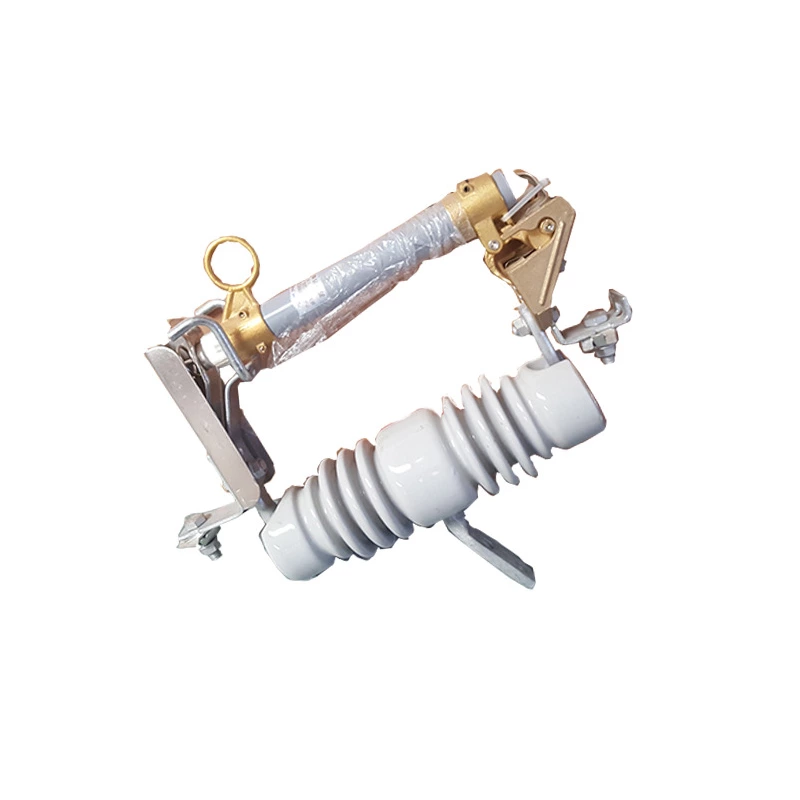Causes and technical analysis of abnormal falling of drop-out type fuse
The abnormal drop of drop out fuse is a typical fault in the operation and maintenance of the distribution network, which directly affects the reliability of power supply and equipment safety. This article analyzes the underlying causes of abnormal drops from four dimensions: mechanical, electrical, environmental, and operational, and proposes targeted prevention and control strategies.
1、 Mechanical structure failure
Degradation of spring mechanism performance
Fatigue fracture: After more than 2000 opening and closing operations, the stiffness coefficient of the carbon steel spring decreases by more than 20% due to grain boundary slip, and the preload force drops from the initial 80N to below 40N, making it impossible to drive the melting tube to reset.
Energy storage failure: When the compression stroke of the spring deviates from the standard value (35 ± 2mm), insufficient energy is released (< 50J), and the opening speed of the melting tube is < 0.8m/s (standard value 1.2-1.5m/s).
The shaft system is stuck
Lubrication failure: Silicon based grease carbonizes at high temperatures (>120 ℃), causing the friction coefficient to increase from 0.15 to 0.35 and the shaft resistance torque to exceed 8N · m (standard value 2-5N · m).
Sand and dust intrusion: Particles with a particle size greater than 50 μ m are embedded in the gap between the shaft sleeve, causing mechanical interlocking. An additional external force greater than 30N is required to unlock.
Wear of locking mechanism
After 500 operations, the wear depth of the contact surface of the zinc alloy lock tongue is greater than 0.5mm, and the locking force decreases from 100N to 40N, making it unable to resist wind or vibration impact.
2、 Electrical parameter mismatch
Melt selection error
When the rated current of the melt exceeds three times the maximum load current of the circuit, the Joule heating (𝑄=0.64L ² ₑ𝑅𝑡) generated by the normal load current (such as 0.8Ie) causes periodic thermal expansion (frequency 5-10Hz), leading to mechanical structure loosening.
Contact resistance exceeds the standard
Copper contact oxidation (Cu ₂ O film thickness>5 μ m) or insufficient contact pressure (<50N), contact resistance>500 μ Ω, local temperature rise Δ T can reach 120K (standard limit 75K), causing carbonization deformation of epoxy resin pipes.
Arc erosion damage
When breaking a short circuit current of 20kA, the arc energy is greater than 200kJ, exceeding the tolerance limit of the melting tube (50kJ), causing the arc extinguishing chamber to burst or the molten material to melt asymmetrically (fracture offset>30%).

